Why You Should Never Wrap Raw Beef in Cling Film
Storing raw beef in cling film is problematic due to restricted airflow leading to moisture buildup and potential bacterial growth. Cling film may also leach harmful chemicals into the meat and contributes to environmental waste. Instead, use wax or butcher paper for refrigeration and vacuum-sealing or foil for freezer storage to keep beef fresh and safe.
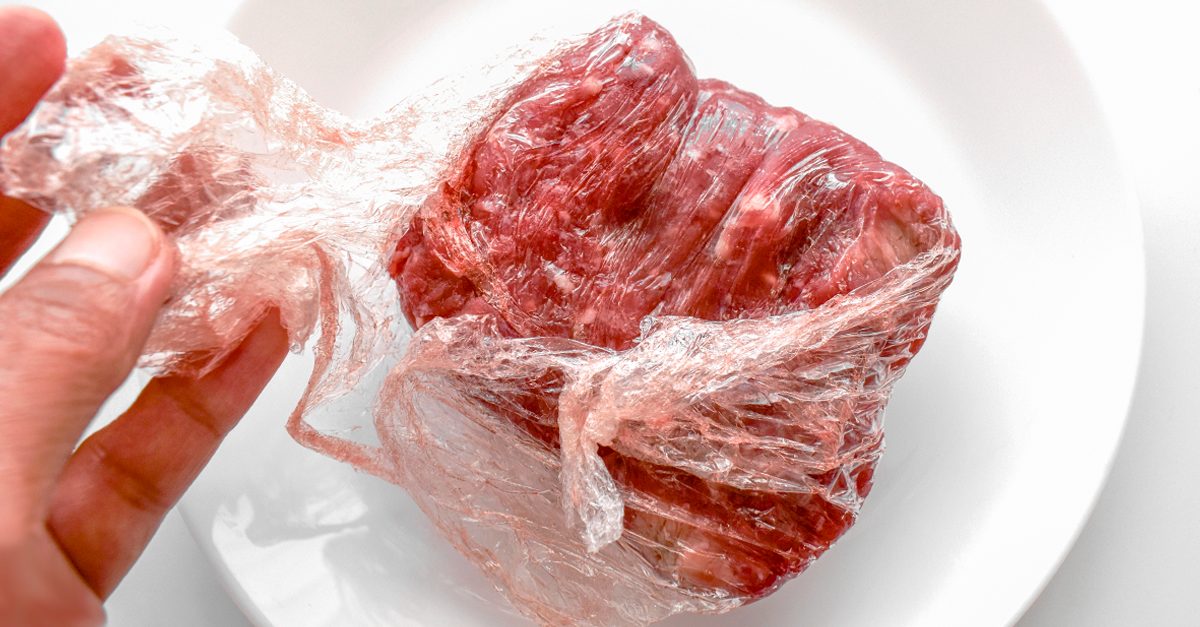;Resize,width=742;)
When it comes to storing raw meat, our first instinct often leads us to reach for cling film. It seems like the perfect solution—after all, it's convenient, readily available, and designed to wrap food. However, if you regularly store raw beef this way, it might be time to reconsider your approach. There are compelling reasons to avoid using cling film for beef, which may not only affect the quality and safety of the meat but also impact your health and the environment.
What's The Issue With Cling Film and Beef
One of the primary concerns with using cling film to store raw beef is related to the material's lack of breathability. Raw beef needs a certain amount of air circulation to maintain its freshness. Cling film, however, wraps the beef too tightly, restricting airflow. This can lead to moisture buildup, which is a breeding ground for bacteria. The trapped moisture can also lead to a faster deterioration of the meat's quality, affecting its texture, color, and overall taste.
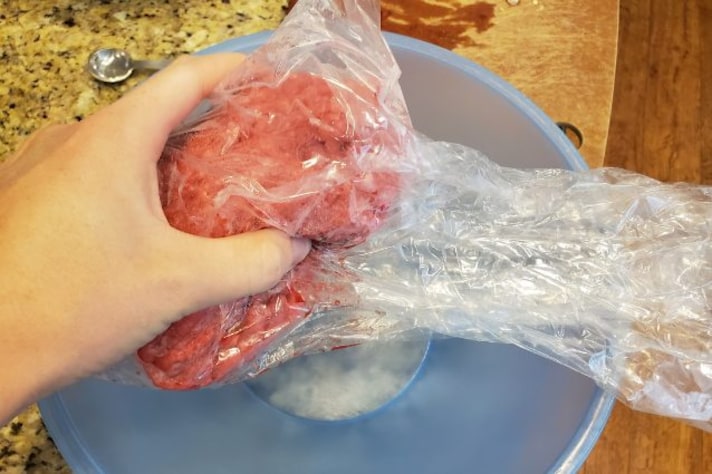
The Risks of Plastic on Your Plate
Another significant issue with cling film is the potential for chemical leaching. Many plastics, including some types of cling film, contain chemicals that can migrate into food, especially when in contact with fats, oils, and acids present in raw beef. Substances like phthalates and BPA are known for their potential health risks, including hormonal disruptions and increased cancer risk. While many cling films are now labeled as "phthalate-free" or "BPA-free," the safety of other compounds used in these plastics remains in question.
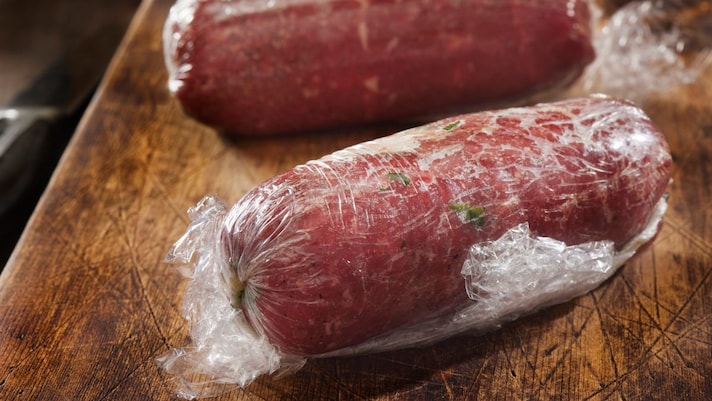
The Sustainability Angle
The use of cling film contributes to another broader concern: environmental impact. Cling film is a single-use plastic that is difficult to recycle and can contribute to the growing problem of plastic waste. Each piece of used cling film, especially those contaminated by food, is likely to end up in a landfill or as litter. This environmental footprint is an essential consideration in our growing shift towards more sustainable living practices.
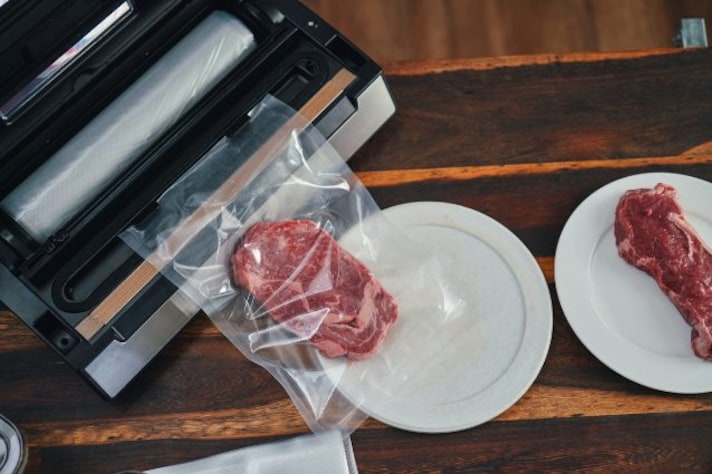
How to Store Raw Beef Correctly
Now that we understand the drawbacks of using cling film, let’s discuss the best ways to store raw beef. Ideally, raw beef should be stored in the refrigerator or freezer in a way that minimizes exposure to air while allowing some breathability. For refrigerator storage, wrapping the beef loosely in wax paper or butcher paper and then placing it in a container or wrapping it in aluminum foil offers a good balance between protection and breathability. This method helps to maintain freshness without the risks associated with plastic wrap.
For longer-term storage in the freezer, vacuum-sealing is a superior option. Vacuum-sealed bags protect the beef from freezer burn, reduce the risk of bacterial growth, and preserve the meat's quality for longer periods. If vacuum sealing isn’t an option, wrapping the beef in butcher paper followed by a layer of aluminum foil can provide adequate protection. Always ensure the beef is kept at the appropriate temperature to maintain safety and quality.
;Resize,width=767;)

;Resize,width=712;)
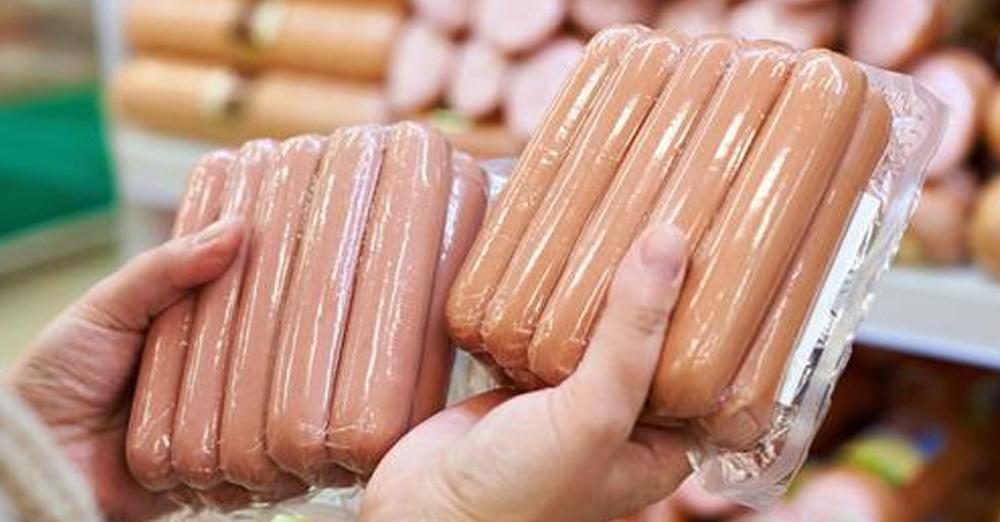;Resize,width=712;)
